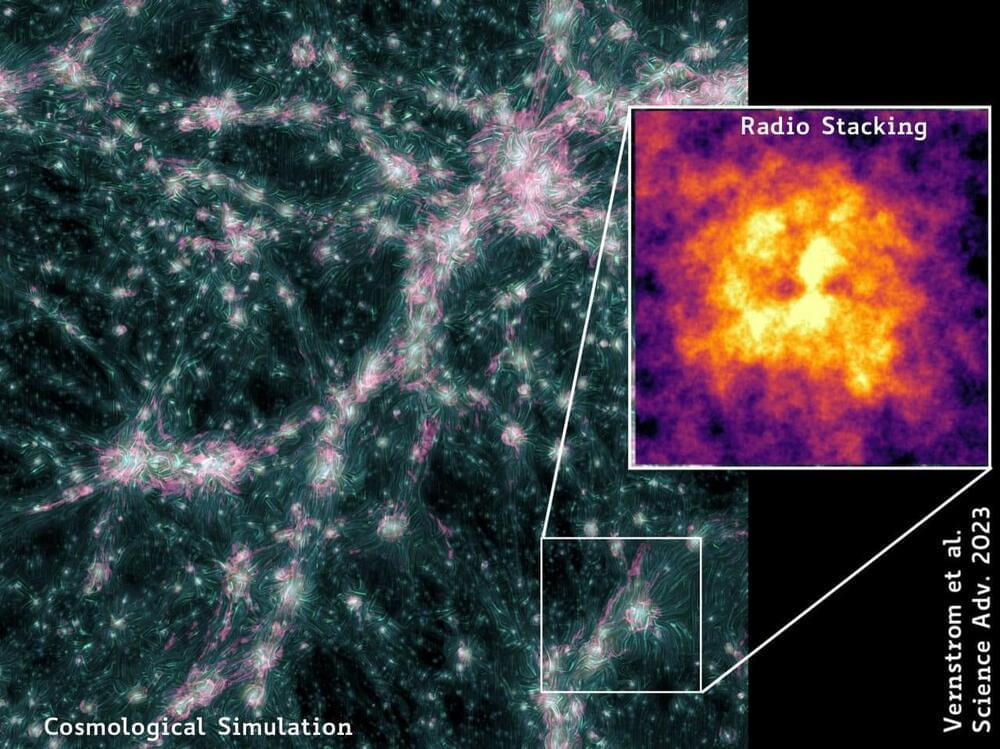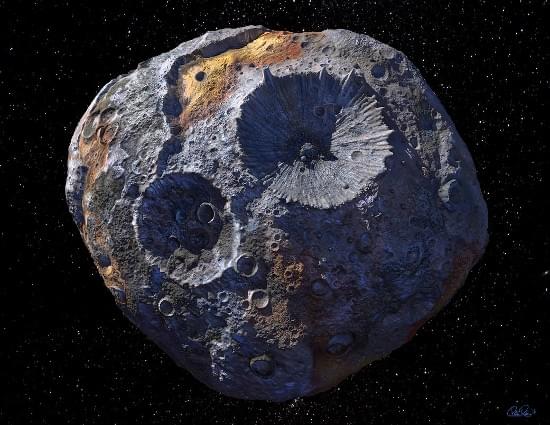Futurolgy classic documentary on artificial intelligence called thinking machines.
This playlist is a composition of all videos related to the fourth and final pillar of the technological revolution, artificial intelligence & advanced algorithms.
Futurolgy classic documentary on artificial intelligence called thinking machines.
This playlist is a composition of all videos related to the fourth and final pillar of the technological revolution, artificial intelligence & advanced algorithms.
This video covers digital immortality, its required technologies, processes of uploading a mind, its potential impact on society, and more. Watch this next video about the world in 2200: https://bit.ly/3htaWEr.
► Support This Channel: https://www.patreon.com/futurebusinesstech.
► Udacity: Up To 75% Off All Courses (Biggest Discount Ever): https://bit.ly/3j9pIRZ
► Brilliant: Learn Science And Math Interactively (20% Off): https://bit.ly/3HAznLL
► Jasper AI: Write 5x Faster With Artificial Intelligence: https://bit.ly/3MIPSYp.
CHAPTERS
00:00 Required Technologies.
01:42 The Processes of Uploading a Mind.
03:32 Positive Impacts On Society.
05:34 When Will It Become Possible?
05:53 Is Digital Immortality Potentially Dangerous?
SOURCES:
• The Singularity Is Near: When Humans Transcend Biology (Ray Kurzweil): https://amzn.to/3ftOhXI
• The Future of Humanity (Michio Kaku): https://amzn.to/3Gz8ffA
• https://www.scientificamerican.com/article/what-is-the-memory-capacity/
• https://www.anl.gov/article/researchers-image-an-entire-mous…first-time.
• https://interestingengineering.com/cheating-death-and-becomi…-uploading.
Official Discord Server: https://discord.gg/R8cYEWpCzK
💡 On this channel, I explain the following concepts:
• Future and emerging technologies.
• Future and emerging trends related to technology.
• The connection between Science Fiction concepts and reality.
SUBSCRIBE: https://bit.ly/3geLDGO

The cosmic web is the term used to refer to the clusters, filaments, and voids that make up the large-scale structure of the Universe. In Λ cold dark matter (ΛCDM) cosmology, this web is formed from the anisotropic gravitational collapse of matter from primordial overdensities.
We’ve been able to map the Cosmic Web through observation over the past few decades, which opens up the possibility of finding answers to some of astronomy’s most pressing issues. An area of particular interest is how magnetic fields behave on a cosmic scale and their role in galactic and cosmic structure formation.
ICRAR scientists discover tantalizing evidence of magnetic fields in the universe’s most significant cosmic structures.



A remarkable group of drone prototypes from a team at the University of Tokyo takes multirotor complexity to the next level. These hypnotic flying robots are able to change their structural shape mid-air, creating some unprecedented capabilities.

Facebook parent company Meta Platforms Inc. is launching a subscription service called Meta Verified that will include a handful of additional perks and features, including account verification badges for those who pay.
The new subscription will cost $11.99 per month — $14.99 if purchased through the iOS app — and is primarily targeted toward content creators. In addition to a verification badge, the subscription includes “proactive account protection, access to account support, and increased visibility and reach,” a Meta spokesperson said in an email.
Chief Executive Officer Mark Zuckerberg announced the new product via his Instagram Channel, a service that was unveiled in the past week. The option will be available on both Facebook and Instagram, but they’ll be separate subscriptions.

Microsoft’s AI-powered Bing unnerved some people recently with shocking responses.
Amid discussions and scrutiny, OpenAI CEO Sam Altman shared his thoughts on AI In a series of tweets on Sunday.
He warned the world may not be “that far from potentially scary” AI and said regulation will be “critical.”
Microsoft’s ChatGPT-powered Bing has unnerved some people recently, with shocking responses that range from snarky to overtly emotional.
